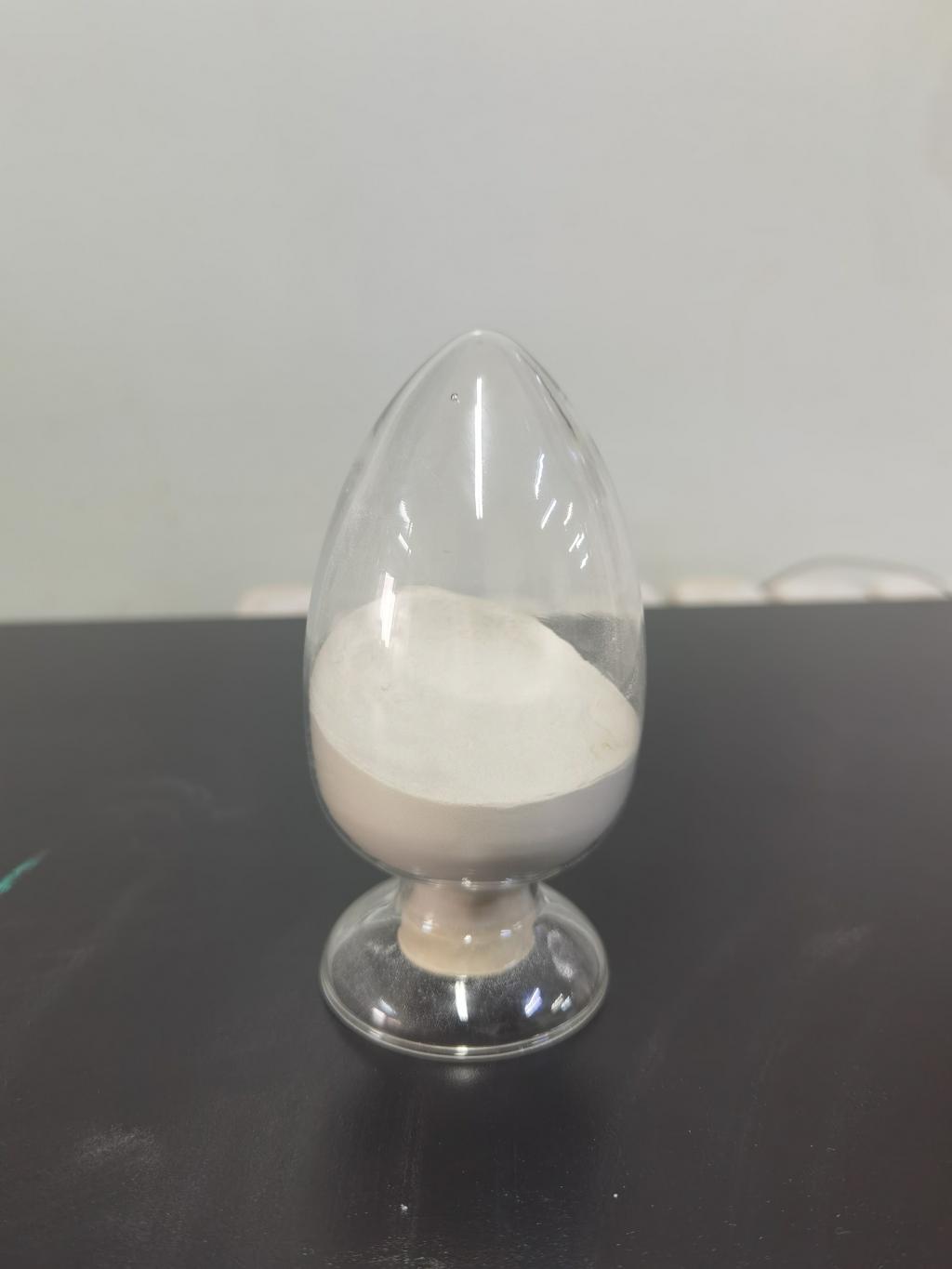Tel:+8618231198596

News
 CONTACT
CONTACT
 CONTACT
CONTACT
- Linkman:Linda Yao
- Tel: +8618231198596
- Email:linda.yao@dcpharma.cn
- Linkman:CHARLES.WANG
- Department:Overseas
- Tel: 0086 0311-85537378 0086 0311-85539701
News
Current Position:
Home >
News
>Assessing the potential of Nisin to mitigate the formation of bacterial biofilms.
Assessing the potential of Nisin to mitigate the formation of bacterial biofilms.
TIME:2024-05-07
Understanding Bacterial Biofilms:
Biofilms are complex communities of bacteria that adhere to surfaces and are encased in a matrix of extracellular polymeric substances (EPS). These EPS provide protection to bacteria from environmental stresses, including antimicrobial agents and mechanical removal. Biofilms can form on various surfaces in food processing environments, such as stainless steel, plastic, and rubber, and can harbor pathogenic bacteria, leading to foodborne illness outbreaks.
Nisin as an Antimicrobial Agent:
Nisin is a bacteriocin produced by certain strains of lactic acid bacteria, primarily Lactococcus lactis. It is approved as a food preservative in many countries and has been used for decades to inhibit the growth of Gram-positive bacteria, including foodborne pathogens such as Listeria monocytogenes. Nisin works by disrupting bacterial cell membranes, leading to cell death and inhibition of bacterial growth. Its effectiveness against a wide range of bacteria makes it an attractive candidate for controlling biofilm formation on food contact surfaces.
Potential Mechanisms of Action Against Biofilms:
Several studies have investigated the potential mechanisms by which nisin inhibits biofilm formation. These mechanisms may include:
Disruption of initial bacterial attachment to surfaces.
Inhibition of bacterial cell-to-cell communication (quorum sensing) involved in biofilm formation.
Degradation of EPS components, destabilizing the biofilm structure.
Induction of bacterial cell lysis within the biofilm.
Experimental Evidence:
Experimental studies have demonstrated the effectiveness of nisin in mitigating biofilm formation on various food contact surfaces. These studies have shown that treatment with nisin can reduce the adhesion of bacteria to surfaces, inhibit biofilm formation, and disrupt pre-formed biofilms. Additionally, nisin has been shown to enhance the efficacy of conventional cleaning and sanitization procedures, leading to more effective removal of biofilms from surfaces.
Challenges and Considerations:
Despite the promising potential of nisin, there are challenges and considerations that need to be addressed in its application to control biofilms on food contact surfaces. These include:
Optimization of nisin concentration and application methods for maximum efficacy.
Compatibility with other cleaning and sanitization agents used in food processing facilities.
Regulatory considerations and approval for use in food contact applications.
Potential development of bacterial resistance to nisin over time.
Conclusion:
Nisin shows great potential as a natural antimicrobial agent for mitigating the formation of bacterial biofilms on food contact surfaces. Its ability to disrupt biofilm formation and enhance the effectiveness of cleaning and sanitization procedures makes it a valuable tool for maintaining food safety and quality in the food industry. Continued research and development efforts are needed to optimize its application and ensure its efficacy and safety in food processing environments. By incorporating nisin into cleaning and sanitation protocols, food manufacturers can effectively reduce the risk of biofilm-related contamination and improve overall food safety standards.
- Tel:+8618231198596
- Whatsapp:18231198596
- Chat With Skype







